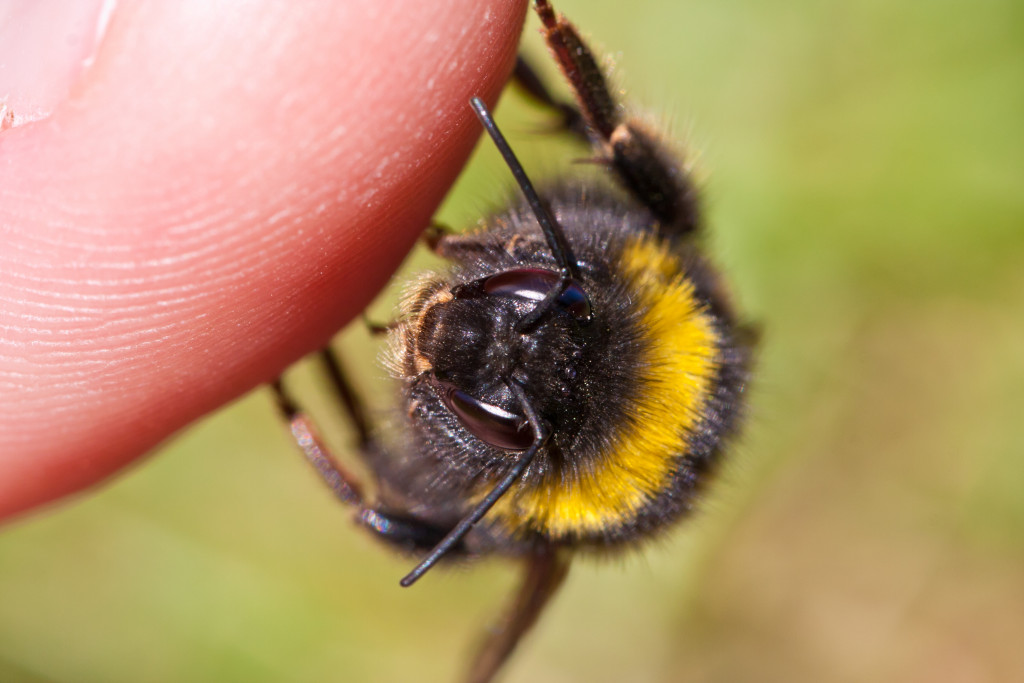Growing your garden contributes to the beautification of your surroundings and attracting beneficial insects, such as bees. In addition, you are providing them food, shelter, and protection in your vital for their survival due to the increasing scarcity in their natural homes and the population declines.
Creating a bee-friendly space in your neighborhood may even help enhance the community’s biodiversity, even if you live in one of the most concrete-filled metropolitan locations in the country.
Go for plants that can lure bees.
According to recent reports, careful planning and the proper selection of plants can help bees bounce back from the steady drop in their population. Take some time to research greens that go well with your weather and environment and help attract bees. Take note that the temperature and soil you use will also determine your vegetation’s survival rate.
You may interview gardeners, bee enthusiasts or read articles from experts and credible news outlets. Make sure to choose a range of greens that are the most appealing to bees and blossom at different points for the whole year ’round to provide a consistent source of pollens and nectars for them.
Moreover, it is essential to consider various factors when picking the right flowers to attract specific groups of animals and insects, such as their size, nectar, pollen, and colors.
Provide them protection against elements
It is not necessary to completely transform your present garden to lure more bees into it. Plants attracting bees may be potted or transferred across your yard amongst existing garden accessories, shades, and spaces around. In addition, it is possible to provide bees with refuge by simply keeping and tending a garden with an adequate shade that can be protected from the harsh weather.
If you have a high-quality industrial aluminum fence installed, you may utilize them to provide excellent habitat for a wide variety of vines and other climbing plants, as metals tend to be more robust and more sturdy for these kinds of vegetation. They can also help protect your flowers and bees from winds, cold, and animal attacks. Moreover, these panels will add aesthetics to your property and an excellent extension to hang your plants, lights, and other decors for your garden.
Establishing a nesting environment
For some, the notion of introducing stinging and buzzing insects to your yard might sound scary. However, it is essential to remember that this is their defense mechanism to help protect themselves against enemies and predators, especially when defending the nest. Nevertheless, this is the least of your concern.
If you’ve ever observed a honeybee visiting flowers or a beehive on a tree, you’d realize that these insects are frequently too preoccupied to pay attention to you. Because of their carefree nature, they will most probably be more interested in doing their business, moving from one flora to another, and flying around enjoying the sun. Just like most of us, they don’t seek conflict unless provoked and threatened.
It does not take one to be a professional to embrace their beekeeper side and help raise nesting sites for the colony. Most bees, such as the leaf-cutter bee, build their nests in aged wooden pieces. Moreover, some of them, like the bumblebees, are ground-nesters. Therefore, adding nesting grounds for indigenous bees to your yard can be simple and even strengthen your bee viewing enjoyment. All you need are simple components and tools to create these beautiful nests – bamboo stems, paper tubes, nails, and screws, to name a few.
Keeping the usage of chemicals to a minimum
Reduce any use of insecticides or pesticides in your crops to prevent further harm to bees. Most chemicals present in these products are not bee-friendly and can result in toxic shocks poisoning your garden friends. Although your plants can attract different kinds of bees to your orchard, pollutants and harmful substances may shoo them away, or worse, kill them altogether.
Heavy pesticide concentrations can completely kill scavenging bees. Even at modest dosages, there can have negative consequences. Low concentrations of pesticides can interfere with the bee’s focus and navigational skills, leading to disorientation and losing their way back home. If they do, there is a possibility that they may carry this pesticide to their nest, infecting the whole colony and even their queen. The most straightforward approach to reduce the usage of these toxic chemicals is to practice integrated pest control in your lawn.
Nature will benefit much from your construction of a bee-friendly landscape. And because they help in pollination for most fruits and plants, these little farmers help keep the production of food for our community and all over the world. That said, we must support them to a great extent.

